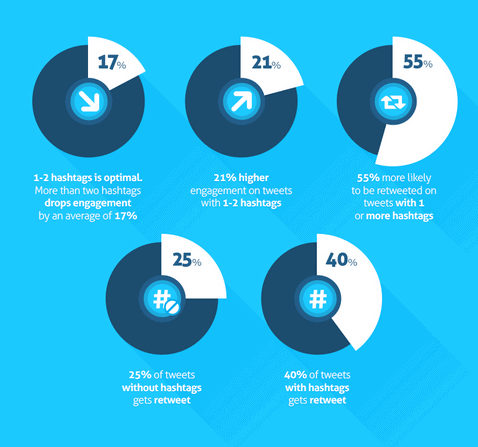Here is the story of a dog named “Eddie the Terrible” who isn’t for the fainthearted, and this is a good example of negative storytelling as an effective content marketing tool. Who says stories that need to sell something (in this case, selling the idea of adopting this dog) have to be positive and full of praises for what is being promoted? The cute-looking dog that has been put up for adoption isn’t your typical cuddly and sweet dog you would love to run to and squeeze or cuddle with. The description of Eddie begins with
We know, we know. He is adorable. All small and yellow and fluffy. A little bit tubby which makes him seem more softer somehow, like a dog you can trust with your secrets. Don’t be fooled. Yes, he is a great listener. But inside that innocuous adorable blonde package exists tons – indeed, whole square miles – of naughty.
Then the copy goes on with describing how, although till now he has never attacked other dogs, he isn’t quite friendly. He isn’t even friendly with kids so the copy of the ad says that if you want your kids to grow with their toes and fingers intact, you better not adopt Eddie.
2) Want your kids to grow up with a full complement of fingers and toes? Not the dog for you.
Some dogs love kids. We have a bunch of child-lovin’ dogs. Eddie the Terrible, however, is not one of them. Honestly he’s a little whiffy with some adults, too. Not in an eat-them sort of way but in ‘this makes me very nervous’ sort of way. Eddie’s never actually bitten anyone but we’re not saying it could never happen.
What is the writer of the ad trying to achieve by saying so many negative things about the dog that is being put up for adoption?
First of all, all his naughtiness is being cutified. Then, honesty is the best policy when it comes to creating convincing copy. All the peculiarities the dog has have been put in the copy so there is no scope for confusion, misunderstanding and even a libel suit. Just imagine if the dog actually bites and the family with small kids adopts him and then the dog bites off the finger of a toddler. Not only a kid will be maimed for life, but the dog adoption agency will be shut forever for hiding this crucial information.
Nonetheless, if the agency has been able to keep the dog so can someone who knows about his peculiarities. So there must be some family around who would be fine with his misbehaving nature (misbehaving according to us humans, for dogs it might be just OK to act like Eddie). In case you’re worried, a brave couple has adopted Eddie the Terrible.
Does negative storytelling work as an effective content marketing tool? I don’t think there is anything negative about the whole story. The writer was just being honest in a funny, adorable way. Especially in this case it was very crucial to be honest because adopting such a dog for a family who might think that dogs are all fluffy and cute might be dangerous. You must’ve seen all those dog videos on YouTube where you see dogs being extremely patient with small kids. Such videos can be misleading. Dogs being animals, their behaviour cannot be predicted. So it would be very dangerous to write a honey-coated copy just so that people adopt such a dog. In fact, it is an effective marketing tool in the sense that people will appreciate the fact that the adoption agency is being honest.
So it is not about negative storytelling, it is about being honest. Can this also work if you’re trying to sell a product or a service instead of encouraging people to adopt an unpredictable dog?
Although you shouldn’t focus on the negativities of a product or a service while formulating your content marketing strategy all the time (if there are so many negative things about the product or service, better not sell it, no?), you should be honest about what your product or service can do and what it cannot do. People will really appreciate that. Provided the pricing is right and provided your product or service does exactly what it claims to do, even if there are some problems and even if there are some features missing, you are going to find your customers and clients. Negative storytelling or whatever, make your content honest. Provide the right information to your audience. It will always be appreciated.






